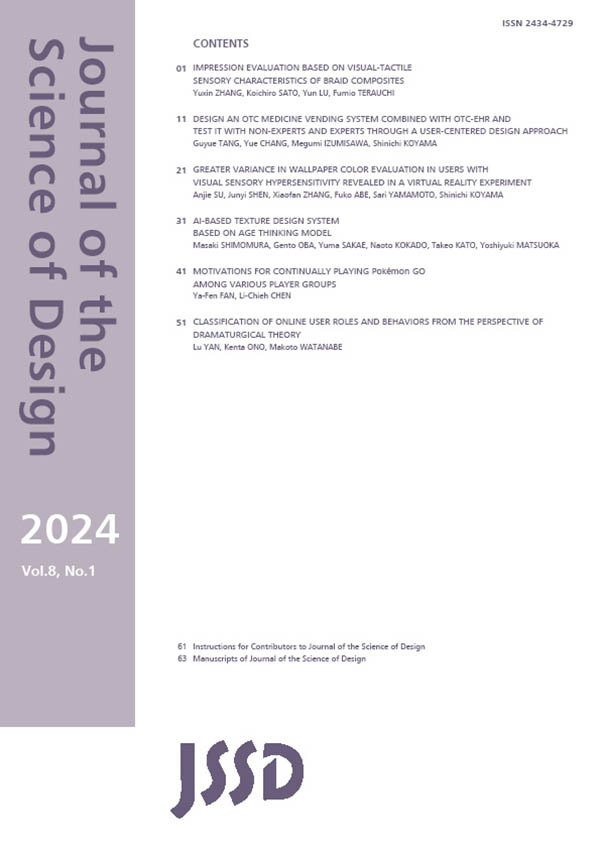Volume 8, Issue 1
Displaying 1-6 of 6 articles from this issue
- |<
- <
- 1
- >
- >|
-
2024 Volume 8 Issue 1 Pages 1_1-1_10
Published: May 31, 2024
Released on J-STAGE: June 28, 2024
Download PDF (2484K) -
2024 Volume 8 Issue 1 Pages 1_11-1_20
Published: May 31, 2024
Released on J-STAGE: June 28, 2024
Download PDF (1300K) -
2024 Volume 8 Issue 1 Pages 1_21-1_30
Published: May 31, 2024
Released on J-STAGE: June 28, 2024
Download PDF (8477K) -
2024 Volume 8 Issue 1 Pages 1_31-1_40
Published: May 31, 2024
Released on J-STAGE: June 28, 2024
Download PDF (1377K) -
2024 Volume 8 Issue 1 Pages 1_41-1_50
Published: May 31, 2024
Released on J-STAGE: June 28, 2024
Download PDF (928K) -
2024 Volume 8 Issue 1 Pages 1_51-1_60
Published: May 31, 2024
Released on J-STAGE: June 28, 2024
Download PDF (2081K)
- |<
- <
- 1
- >
- >|
